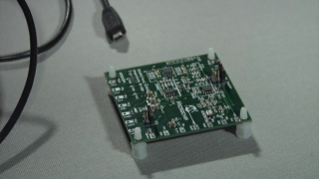Softei & Microchip PIC-IoT WG Development Board
Win a Microchip PIC-IoT WG Development Board (AC164164) from Softei and if you don’t win, receive a 15% off coupon for this board, plus free shipping.
The PIC-IoT WG Development Board combines a powerful PIC24FJ128GA705 MCU, an ATECC608A CryptoAuthentication™ secure element IC and the fully-certified ATWINC1510 Wi-Fi® network controller - which provides the most simple and effective way to connect your embedded application to the Google Cloud IoT Core. The board also includes an on-board debugger, and requires no external hardware to program and debug the MCU.
The PIC24FJ128GA705 16-bit Microcontroller features up to 128KB of ECC Flash, 16KB of RAM and eXtreme Low Power. It has 12bit ADC at 200ksps with up to 14 analog inputs, 3 comparators and CTMU for touch applications. Available in 28 pin, 44 pin and 48 pin packages. This family is ideally suited for general purpose applications.
Out of the box, the MCU comes preloaded with firmware that enables you to quickly connect and send data to the Google Cloud Platform using the on-board temperature and light sensors. Once you are ready to build your own custom design, you can easily generate code using the free software libraries in MPLAB Code Configurator (MCC).




